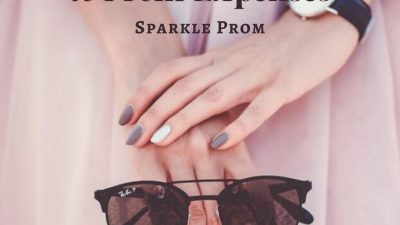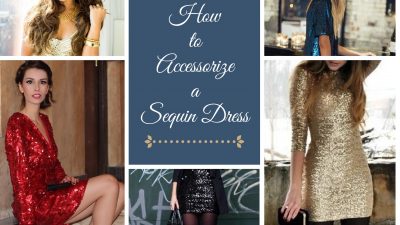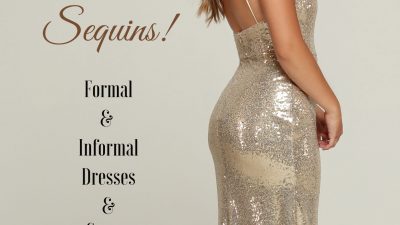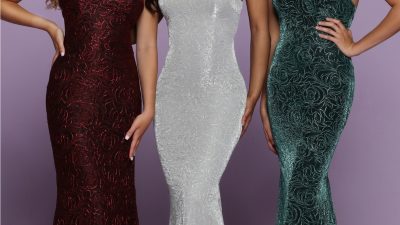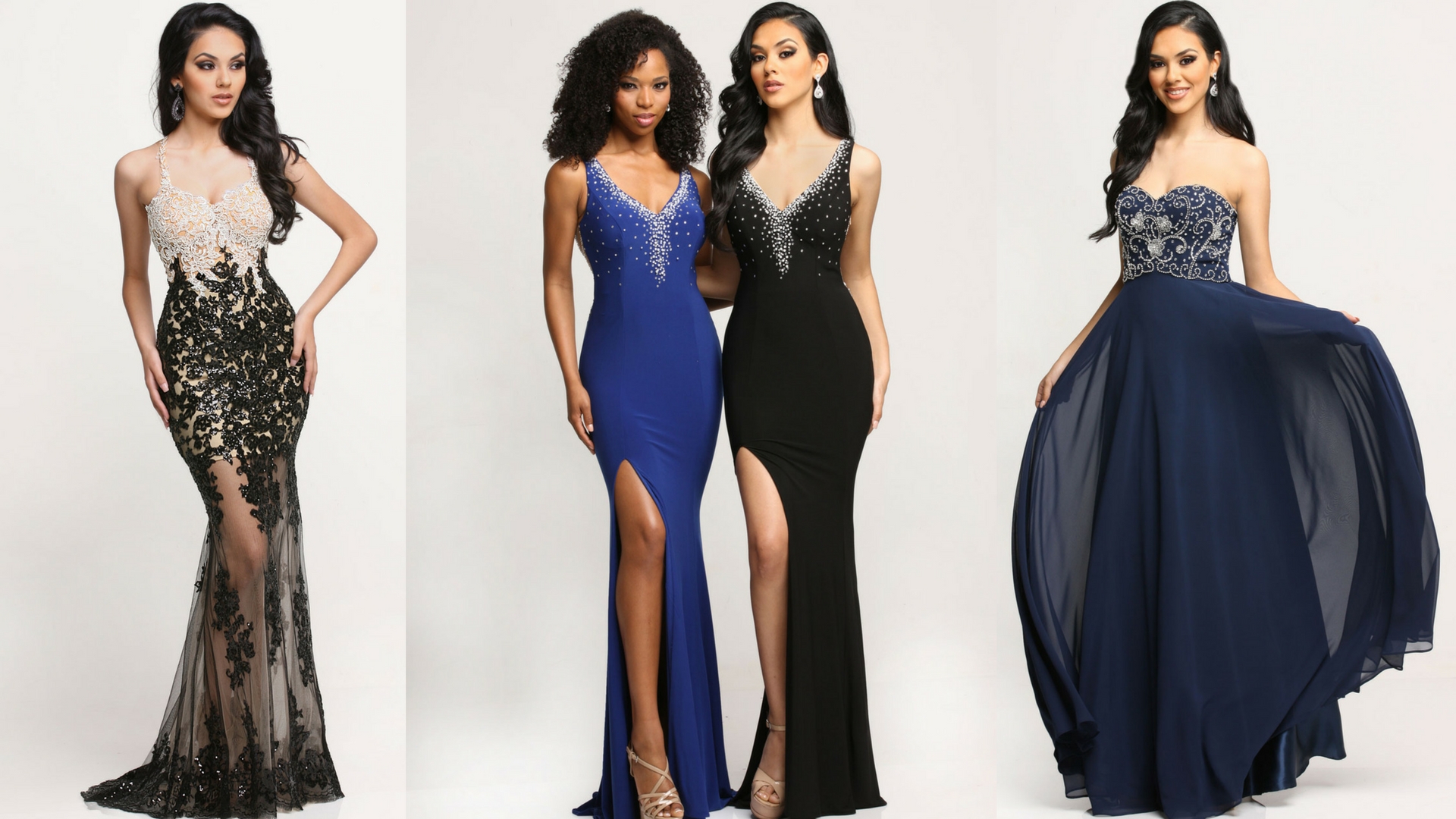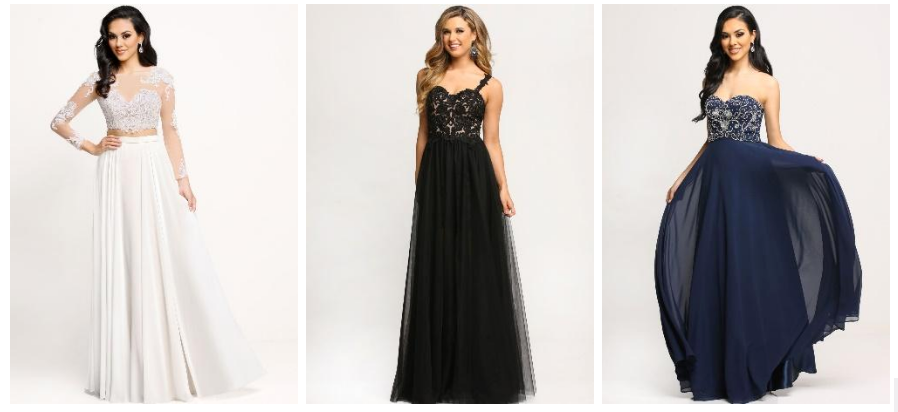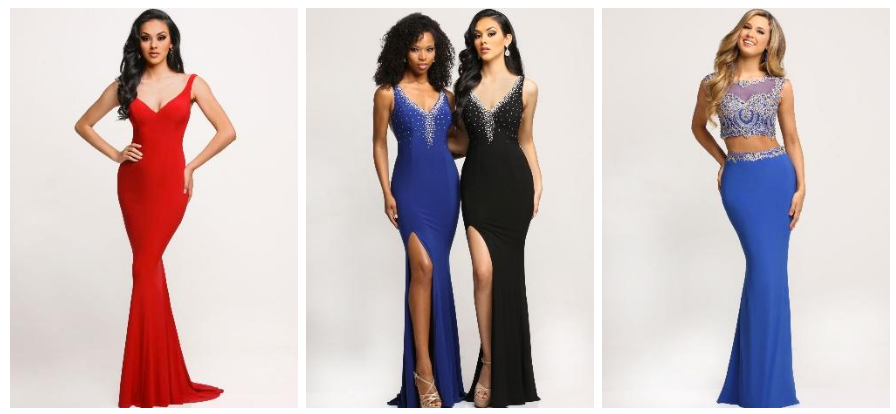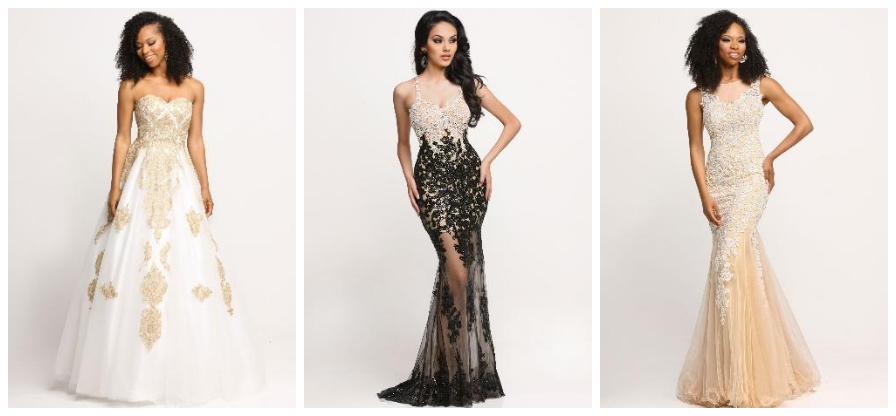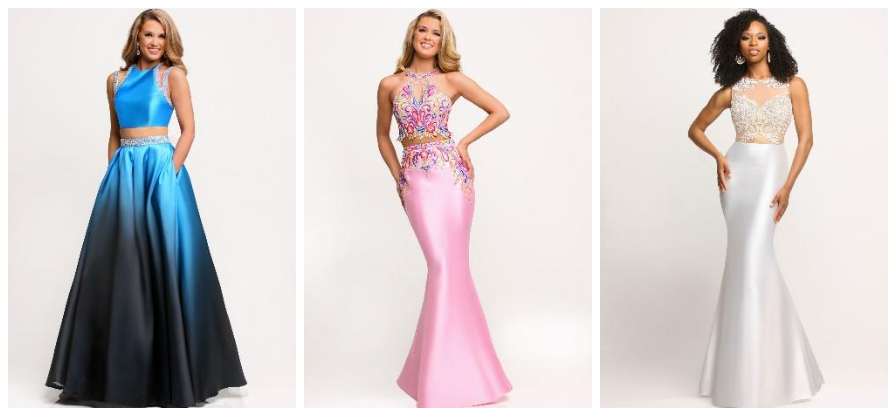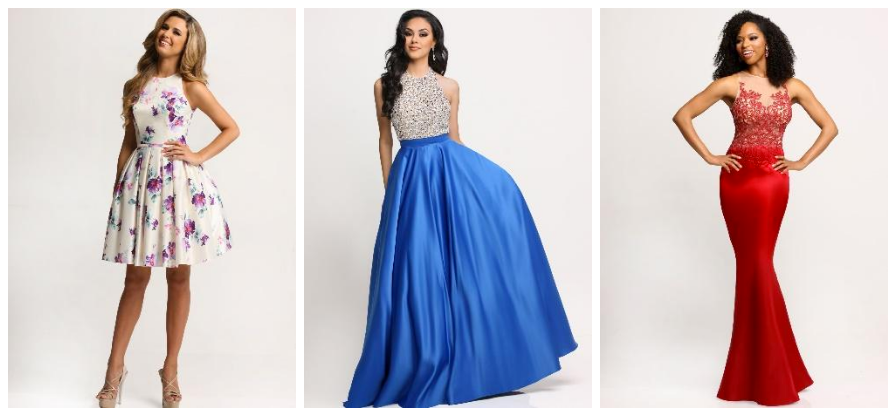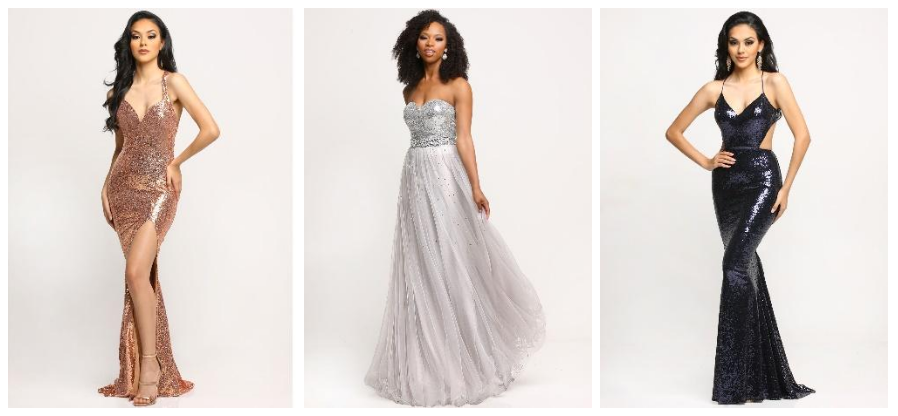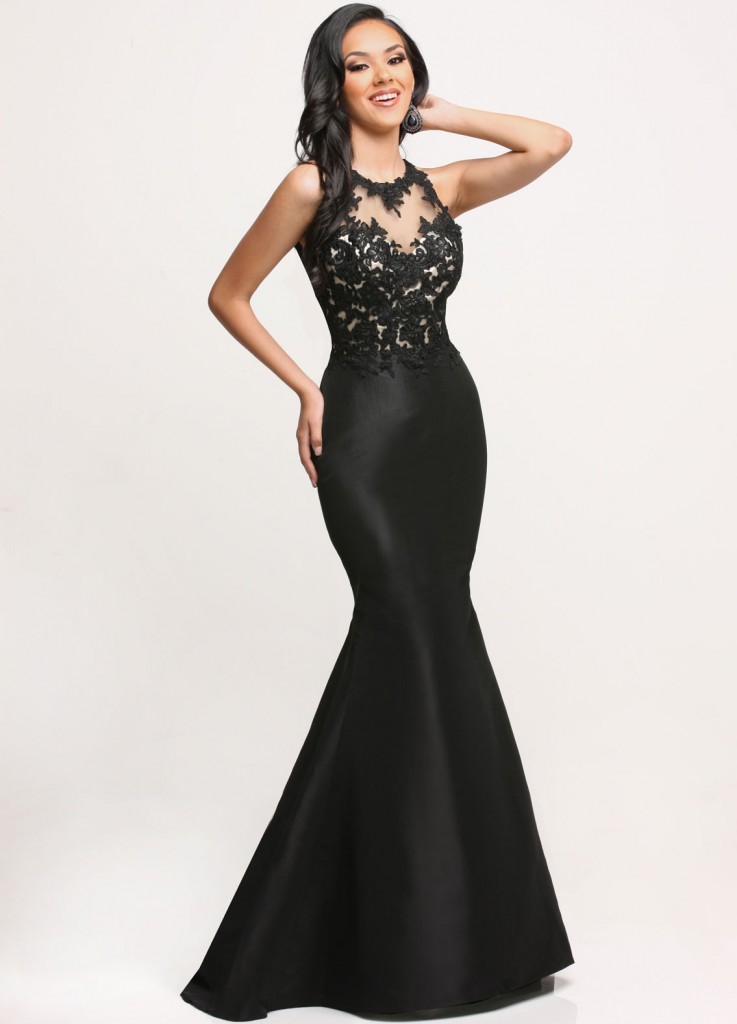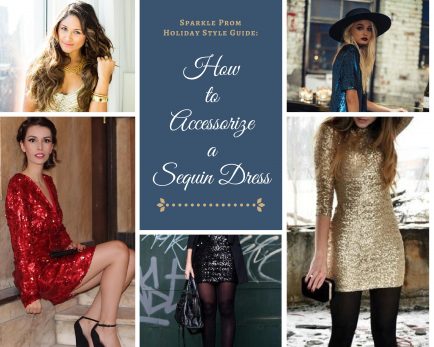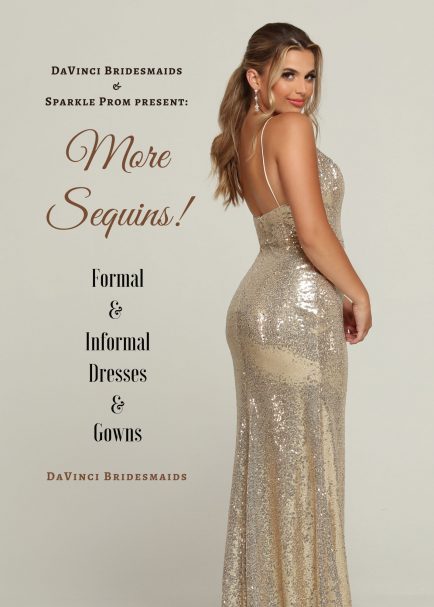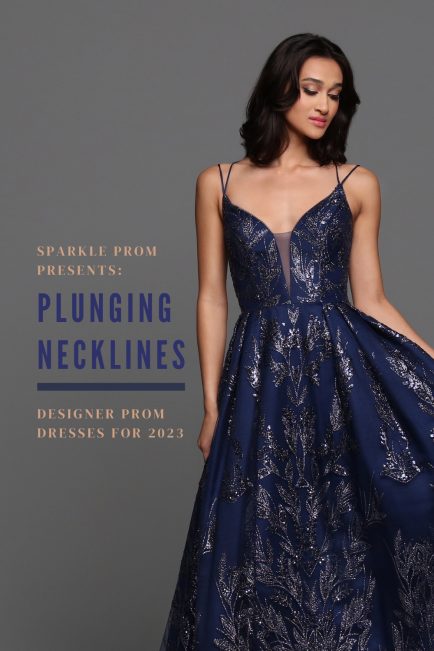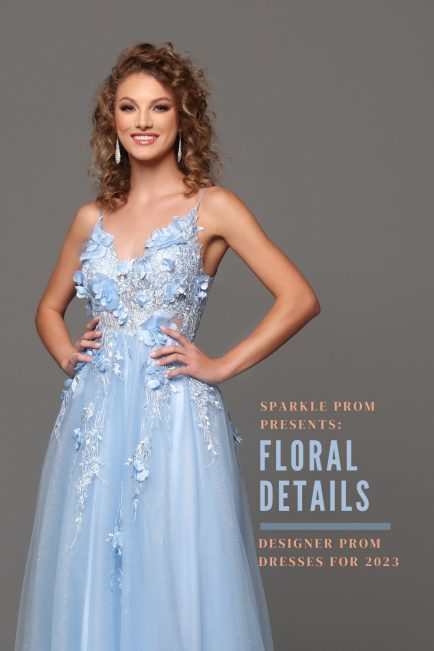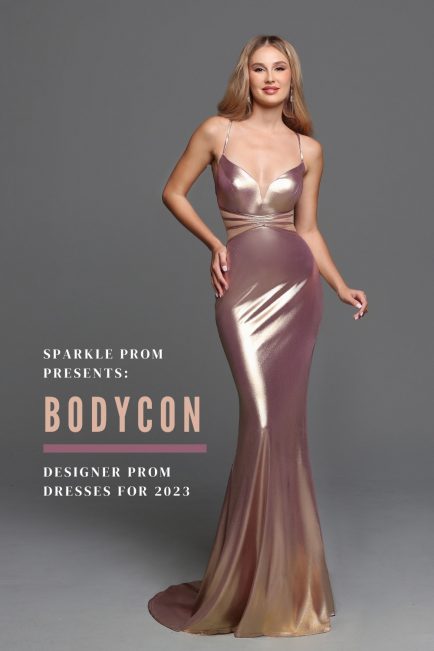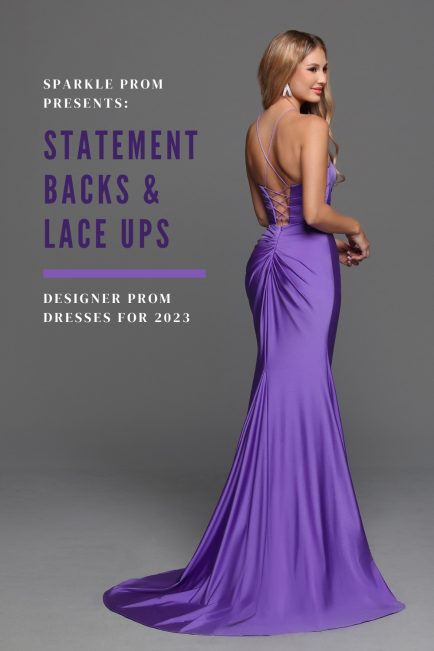The fabric is as essential to a dress as is the style, and sometimes more so. What a dress is made of will provide the foundation for the look. The way a dress is cut also determines the best type of fabric to used to give a particular effect as you move around. Here are some of the most common types of fabric for prom gowns and examples of designs that suit them.
-
Chiffon
Chiffon is made from silk, cotton, and/or synthetic. It’s often layered with satin or silk for body because if you look closely, chiffon resembles a fine net or mesh.
Left to right: Style #71660, 71657, 71690
-
Jersey
Jersey is a knit made from cotton and/or wool that flows beautifully to outline your figure. It’s also stretchy and smooth, so it feels good against your skin.
Left to right: Style #71664, 71745, 71739
-
Lace
Lace is one of the most delicate types of fabric and is valued for its detail. It’s fashioned from thread and yarn that result in intricate designs such as flowers and leaves. The origins of lace can be traced back to the 15th century, and it was also a favorite fabric among the nobility.
Left to right: Style #71634, 71649, 71673
-
Mikado
Mikado is a blended fabric with a stiffer feel and a heavier weight. It’s similar to peau de soir due to its slight sheen, but Mikado has its own subtle texture. It’s perfect for structured dresses, and because of its weight, it’s sometimes considered a “winter” fabric, though depending on the style of the dress, it can be appropriate year ‘round.
Left to right: Style #71718, 71648, 71669
-
Satin
Satin is a woven fabric with a glossy surface. Now available in synthetic, satin was once available only to the upper classes when it was only made from silk.
Left to right: Style #71732, 71633, 71677
-
Sequins
Any fabric that’s completely fashioned of sequins is created over a mesh and, just like velvet, has a nap (referring to the direction the sequins lie). Be sure to choose a dress with the nap running down or away from your body, or else the dress will feel “prickly” and either tickle, scratch, or even abrade your skin. You also want a dress with a good lining which will help the sequin fabric lie straight. The last thing you want on prom night is red patches from where your dress scratched you!
Left to right: Style #71667, 71672, 71654
-
Taffeta
Taffeta is crisp, has a bit of weight, and holds its shape well. It’s similar to dupioni silk but is smoother and more tightly woven. Taffeta has a definite sheen and looks different in various types of lighting. In natural or dim light it can look matte, but in studio lighting or bright sunshine, it can look quite shiny.
Shown: Style #71661
-
Tulle
Tulle is the most common fabric used in ballet tutus. It’s a fine net fabric that’s made from different fibers like silk, nylon, and rayon. Tulle is a great fabric for ball gowns because when fashioned in layers, it can create a look that appears to be floating.
Left to right: Style #71727, 71735, 71631
For another handy little primer—this one on fashion tips for Prom 2017—click here: https://sparkleprom.com/blog/10-quick-fashion-tips-for-prom/



